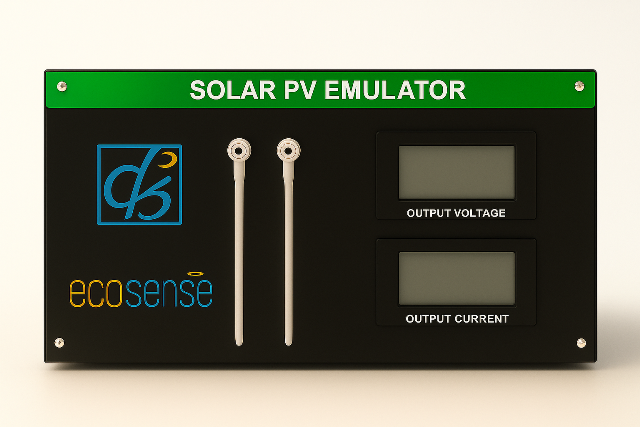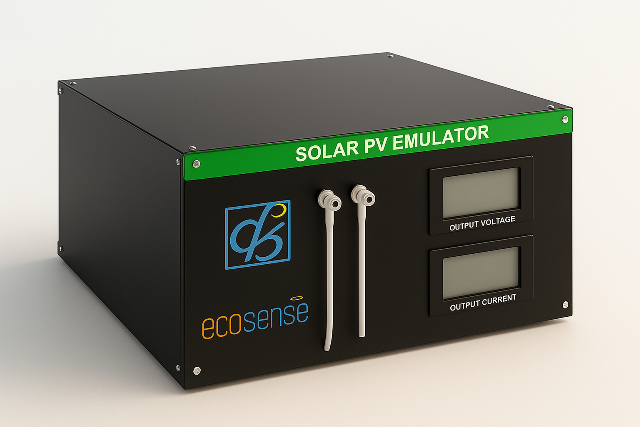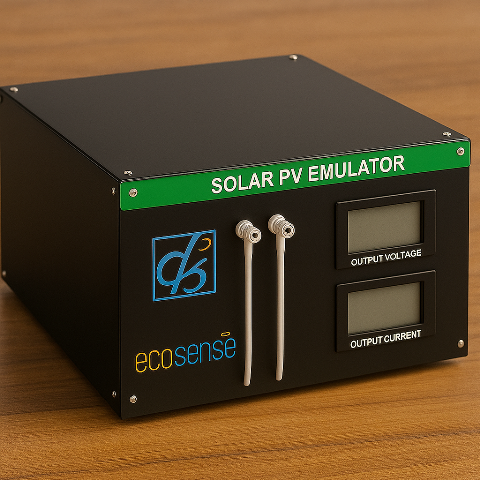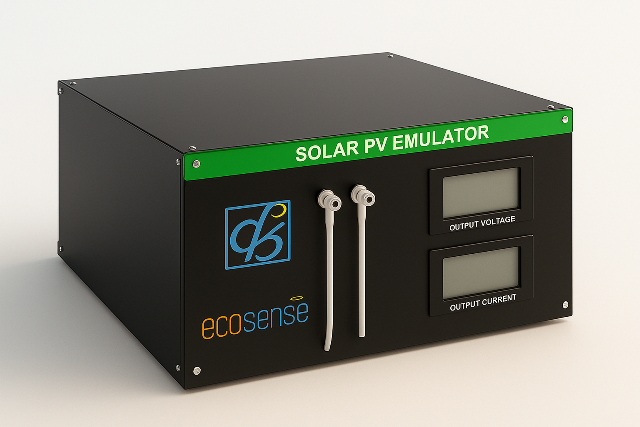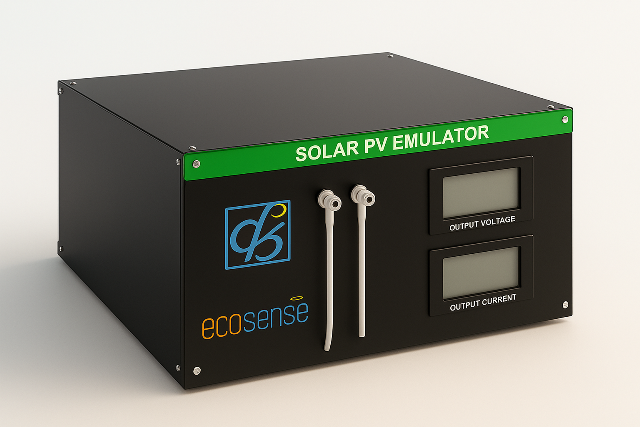Solar PV Emulator
Ecosense’s Solar PV Emulator is a versatile experimental tool designed to replicate the characteristics of solar panels, enabling users to simulate various environmental conditions without relying on actual sunlight. Ideal for educational institutions and research labs, it offers a controlled environment to study and analyze solar photovoltaic systems. The emulator can visualize up to four peaks of shading, allowing detailed examination of partial shading effects on solar panel performance.

